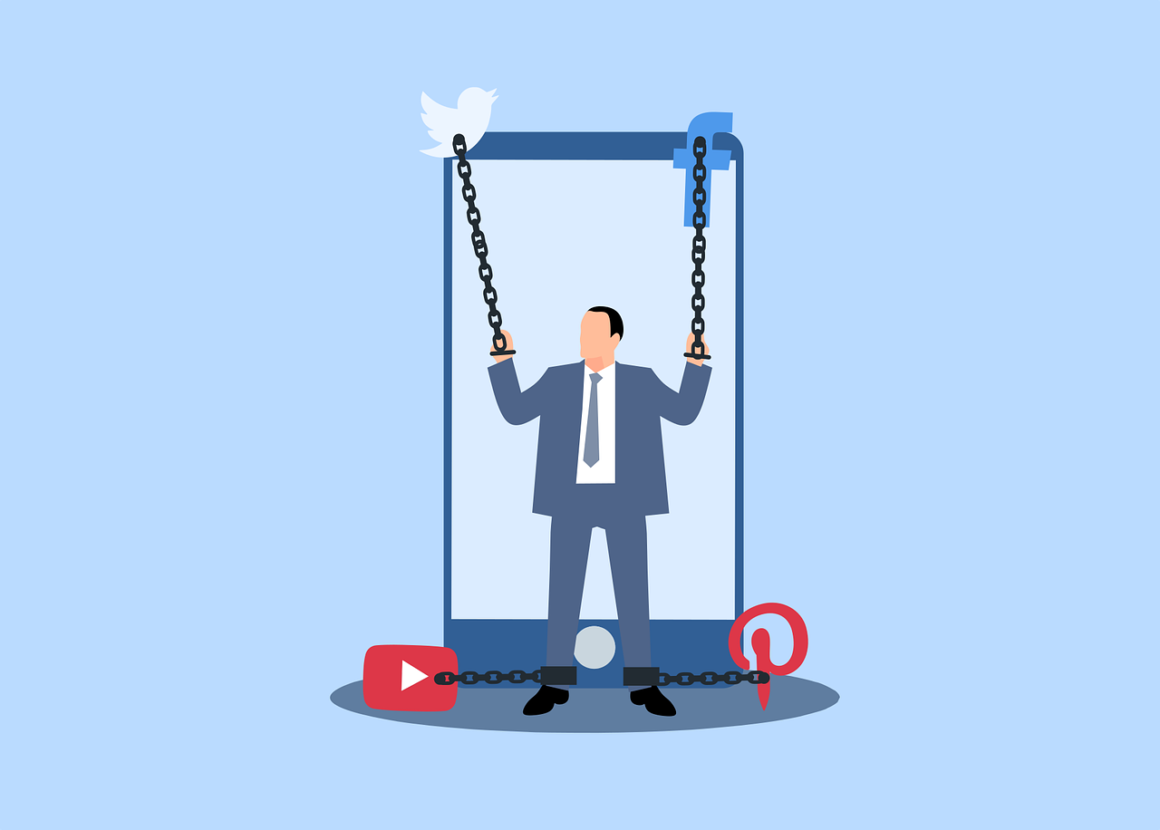Sometimes one mother tongue is just not enough. It is every parent’s dream to birth a magnificently smart and genius child—some fervently trying to teach the offspring arithmetic and basic language skills since birth while crossing their fingers for the child to get the mother’s brains or father’s wit. Frankly, one language and genetics really do not suffice if a brainchild or the next Albert Einstein is desired. Only the honest achievement and retention of more than one language will truly and organically improve a child’s apprehensive abilities. Children, around the world, should learn more than one language starting from an early age due to the specific psychological and cognitive benefits the adolescent receives and retains throughout their life that a monolingual child does not obtain naturally.
Bilingualism may be a very vague term to understand, and it is difficult to create a definitive cutoff between a monolingual and a bilingual. In the Salem Press Encyclopedia of Health article “Bilingualism,” experts suggest “bilingualism refers to the ability to communicate effectively in more than one language.” Bilingualism—or multilingualism—is to understand the vocabulary and linguistics of more than one language fluently (as in with enough knowledge and diction to effectively communicate with another human in that language). It involves being able to physically speak the language, effectively socializing in it, and comprehend the linguistics to a certain, full extent. Furthermore, in Counselling Psychology Quarterly’s “To Switch or Not to Switch: Inviting Bilingual Clients to Switch Languages in Psychotherapy” segment, the specialists describes, “specifically, we hypothesized that for participants high in ethnic identity commitment, the invitation to switch languages would be positively related to all dependent variables, but for those low in ethnic identity commitment the invitation would have no effect.” Based on a “bilingual” person’s stronger and preferred cultural identity, the speaker will choose a specific language and code to switch to. This is why some bilinguals may favor speaking one language over another—not because they cannot speak both languages. To more specifically enhance our definition of bilingualism, the researchers of International Journal of Psychology’s “Affective Processing in Bilingual Speakers: Disembodied Cognition?” article imposes the same question—but with a slightly different answer, “Who is a ‘bilingual speaker’? A layperson definition assumes that bilinguals are people who have similar levels of proficiency in two languages, typically learned from birth. In contrast, bilingualism researchers commonly adopt a use-based definition of bilinguals and multilinguals as speakers who use two or more languages in their everyday lives, be it simultaneously…or sequentially…” Total or a same and similar amount of fluency in both (or if more than 2 languages—2 or more) languages is fully bilingual/multilingual. It may be obtained in any method, whether learned concurrently or separately (at different times in life). An article in The New York Times includes an image made by Harriet Russell of a boy looking at an apple, saying the word in English but thinking of its Spanish counterpart. This is a good representation of bilingualism and code-switching as it elaborates upon how a child or person may perceive an object linguistically. Furthermore, it shows how the child may alter the language he or she may say the word in—depending on the situation and surroundings. Finally, this picture implies that the child is readily understanding and connecting the similarities between the words of a similar object in each language he or she may know. Bilingualism is a very complicated but important ability to understand and elaborate upon.
Bilinguals and multilinguals are proven to have enhanced skills because of the linguistic advantages—especially of those pertaining to the recognition of, even subtle, changes and differences in every cerebral and logical aspect. Lauchlan states in his article “The Nature of Bilingualism and Implications for Educational Psychologists” that “bilingual children have an enhanced inhibitory control in ignoring certain perceptual information, or in other words, that they are better than their monolingual peers at selectively attending to important information and ignoring misleading cues…[they] are constantly sorting and filtering out extra perceptual information since, for every object or action, bilingual children assign two words, or labels: one in each language that they speak…” Multilingual children and persons have an enhanced mode of focus to recognize important details and ultimately sort a specific code for each situation in each language. Furthermore, because of their ability to understand in more than a single language, these bilingual children have better abilities onto identifying a situation’s most important information—thus, being able to summarize major points of an event. The report, “Attention during Visual Search: The Benefit of Bilingualism” located in the International Journal of Bilingualism continues to emphasize that “faster target identification indicates that bilinguals were better at engaging and disengaging selective attention to identify targets in the display.” Bilingual candidates were stronger at identifying the correct target (in an experiment) in a selected amount of time compared to monolingual counterparts. This thoroughly indicates that the retention of a second (or third, etc.) language allows the being to focus on a situation faster and more effectively in nearly every occasion—not only in linguistic situations. Thus, this enhanced ability gives bilinguals an advantage in problem solving and logical rationale. Espinosa, who wrote “Challenges and Benefits of Early Bilingualism in the United States’ Context” details that “many of the studies of this bilingual advantage have focused on infants’ ability to process and discriminate different speech sounds, which suggests that young bilingual infants may have enhanced attention during speech processing.” Even at an early age, infants and young children exposed to more than one language (bilinguals and multilinguals) develop enhanced skills of discriminating linguistic differences and understanding when to switching codes. These young children are very attentive to changes in environment and surroundings and understand when the appropriate moment to switch codes is. Moreover, the children are considered more advantaged and primed for learning, as code recognition is an essential aspect of school readiness and improves executive functions. Bilinguals gain many enhanced cognitive gifts and abilities from the language acquisition aspects of the situation.
Not only does the obtaining of a new language develop an intellectual ability of discriminating events and objects in linguistic and general circumstances from an early age, being bilingual also allows a progression of positive outcomes that is highly useful even later in life. In the authors’ article and experiment of “Bilingualism in Sardinia and Scotland: Exploring the Cognitive Benefits of Speaking a ‘minority’ Language,” they have concluded that “metalinguistic awareness, that is, the ability to use knowledge about language, has been shown to be better among bilingual children…namely word awareness…, syntactic awareness…and phonological awareness.” Bilingual youngsters have developed improvements, significant from their monolingual equivalents, in linguistic and metaphysical awareness. Hence, bilingual children are more attentive to the world—outside of their immediate surroundings. In fact, bilingual children are more open-minded due to their awareness of other cultures and regions of society because of their inset and long held exposure to an additional language, and thus, heritage. The authors of “A Bilingual Advantage for Episodic Memory in Older Adults” examined and concluded that “bilingual older adults demonstrated better episodic memory than monolinguals, recalling more pictures overall.” In the study, adults were given series of pictures and sensory details, and then subsequently asked to recall these objects. Even in adults, a significant difference and advantage in episodic memory was found to be true in those that are bilingual versus the monolinguals. Thus, bilingualism and multilingualism is very much beneficial for all ages (of course, if learned to a full extent—especially from a young age). This deduction of higher and enhanced memory of bilingual adults also proves the offset of Alzheimer’s and dementia from older adults “as much as five years” compared to monolingual adults—as stated in the TED-Ed video of “The Benefits of a Bilingual Brain – Mia Nacamulli.” Bilingualism can really pay off and become truly beneficial as the constant, advanced usage of one’s brain is used to counteract these progressive diseases. Furthermore, “bilingual children performed significantly better on both verbal and non-verbal measures, especially on those tasks that required mental or symbolic flexibility and concept formation…Italian–English bilinguals equally proficient in both languages (balanced bilinguals) outperformed monolinguals on several tests of creativity” (Lauchlan, Parisi, and Fadda). Full bilingualism allows children to excel in reactionary situations while also evoking senses of extraordinary thoughts—creativity. These abilities are continued and held on throughout the child’s life; it is highly useful to retain. The three authors of “To Switch or Not to Switch: Inviting Bilingual Clients to Switch Languages in Psychotherapy” elaborate upon the fact that “language switching, or alternating between languages in conversation, is normal and widespread among bilingual people…, and is theorized to help the therapeutic process in many ways.” Code-switching among languages allows any distressed bilingual human to foster a more calm and tranquil state and develop trust and more authentic and uninhibited expression (with a therapist or any comforting figure). Because the upset client is bilingual, the person may express himself or herself in any language preferred (one or all that pleases them to let out their feelings) which allows the human to specifically pinpoint their problems in the correct words which just one language may not be able to do for them. Thus, the world of therapy is greatly improved for bilinguals and able to recover more efficiently from trauma than the average monolingual. Multilingualism allows for enhanced and relaxed aspects of daily life, as it extends across all boards of a person’s life and situations.
While these arguments are very much true and prove the usefulness of bilingualism and multilingualism, some critics are still skeptical of an additional acquisition of language. A major counter-argument “regarding the emerging differences between the bilingual and monolingual children might be that the advantages found in the bilingual children are only temporary…therefore rendering the benefits rather meaningless” (Lauchlan, Parisi, and Fadda). This article states the judgments of some commentators, refuting bilingualism’s benefits and enunciating the uselessness of learning another language. While this may indeed be true, the benefits acquired by the bilingual children could transfer to other areas of apprehension or be further developed. Problem solving, enhanced attention, and linguistic abilities are heightened even for those that have lost a language because they have once attained its beneficial qualities. Bhattacharjee explains in “Why Bilinguals Are Smarter” in The New York Times that “researchers, educators and policy makers long considered a second language to be an interference, cognitively speaking, that hindered a child’s academic and intellectual development.” Long throughout the—primarily, early—20th century, many psychoanalysists did not trust that a second language helped a child or human, but hindered—due to their belief that it disallowed the development of the primary or first language while also creating a mediocre secondary language. This is inherently wrong as a second language allows a child’s brain to develop more progressively and enhance faster while fully evolving both languages. Furthermore, in the TED-Ed video of “The Benefits of a Bilingual Brain – Mia Nacamulli,” the narrator declares that “before the 1960s, bilingualism was considered a handicap that slowed a child’s development by forcing them to spend too much energy distinguishing between languages, a view based largely on flawed studies.” Of course, she was correct upon the description that these experimentations were highly flawed as later research disproves this statement. In fact, bilingualism severely improves executive functions, such as problem solving, task switching, and filtering out irrelevant information. Although certain dubious analysts judge bilingualism more harmful than beneficial, they can swiftly be proven wrong with the hard evidence of extensive research of bilingualism’s advantages.
Without further ado, I shall present to you that bilingualism is inherently good—well, hopefully, I have proven enough of bilingualism’s benefits and do not have to convince you any more. So if you want to have a healthier brain, one of a hearty complex and very actively engaged, learn a new language or teach your child another. It is never too far in life but don’t wait too late; of course retention at a younger age is better, but nevertheless, any type of acquisition will only do you—and your potential genius of a child—good. Go out, find a language, and culture yourself in the hundreds of possibilities of linguistic approaches to explore and engage in this world while helping to nurture your brain.




